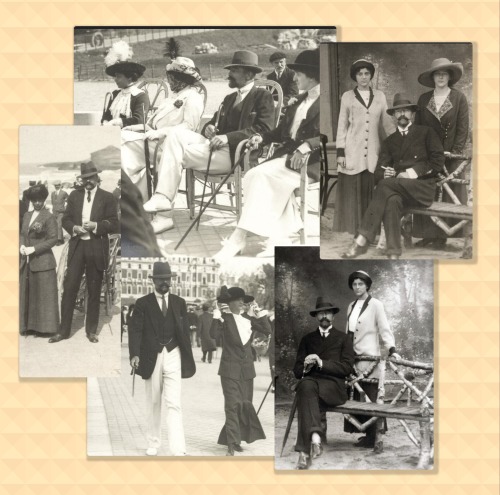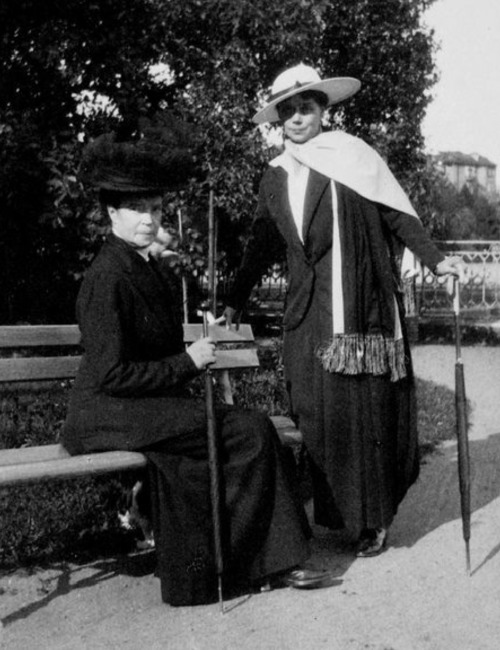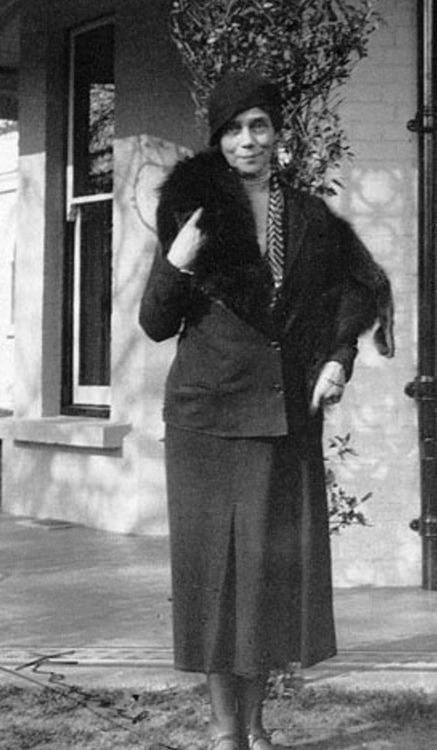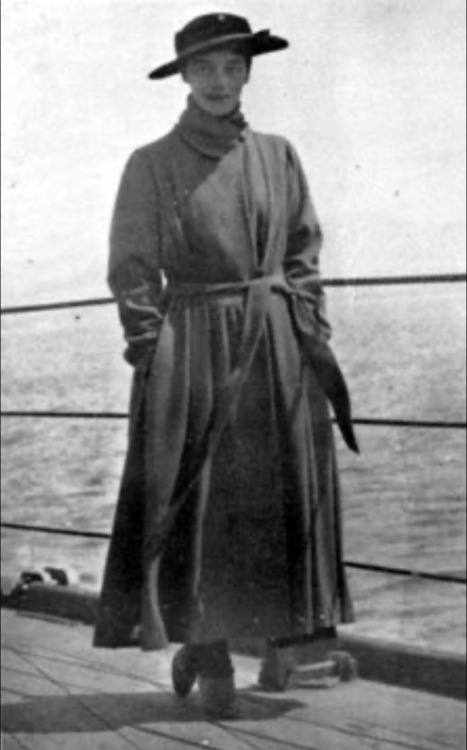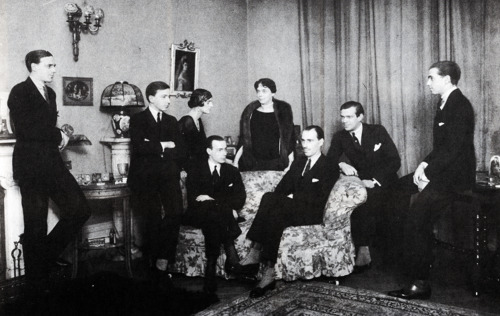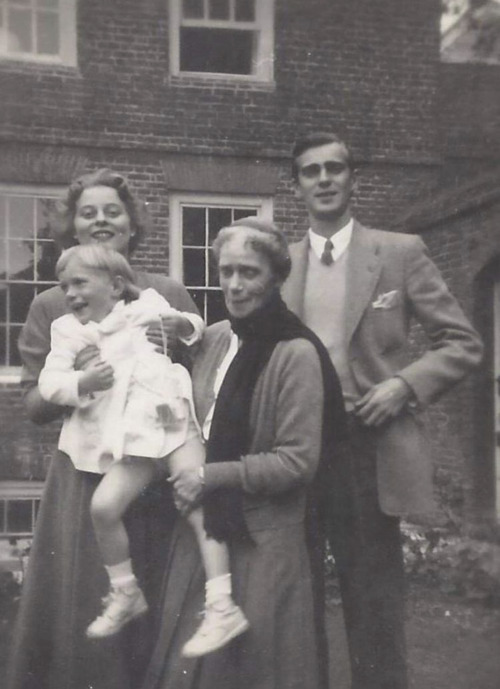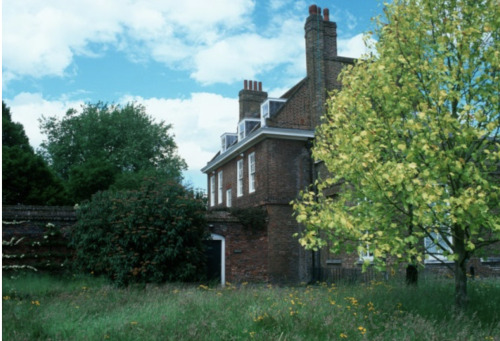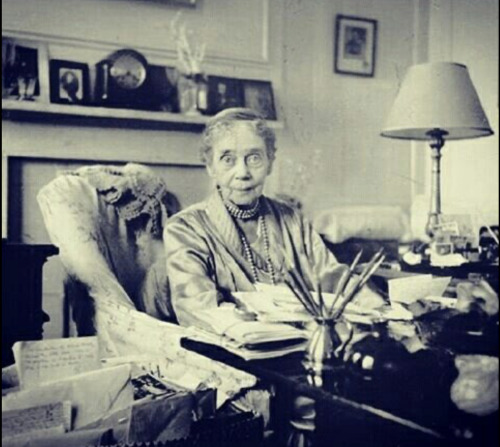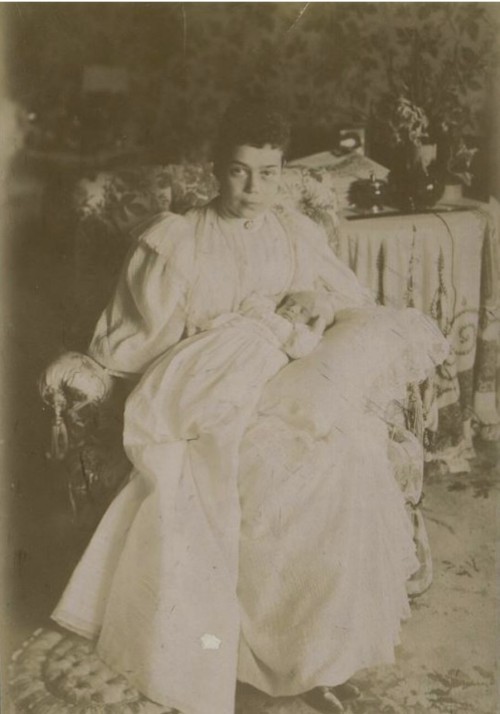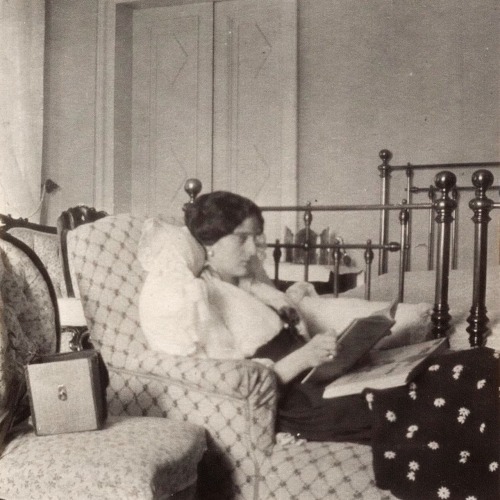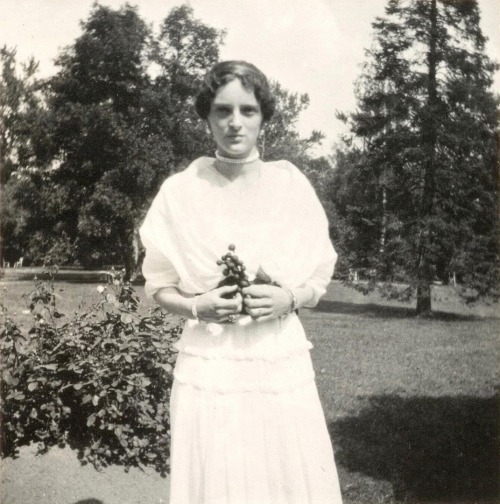#princess irina yusupova
His Imperial Highness Grand Duke Alexander Mikhailovich of Russia.
Most likely in Biarritz (at least in the exteriors) during those years he spent out of Russia “in disgust” after the crew of his ship mutinied. Luckily, he was off the ship tending to a very sick child; his sailors’ plans were to take him hostage. Nicholas II asked him to resign (basically to prevent a member of the ruling family from being kidnapped.) Sandro went ahead and took time off to do some of his favorite things (digging at Ai Todor, playing golf, buying himself new clothing, hats, shoes and attending dinner parties). He also decided to use the time to have a middle age crisis and get himself a mistress. I think that the fact that he decided to do so while Xenia was pregnant with their last child (and felt compelled to tell her) was in extremely poor taste.
This is very tongue in cheek…the events took place, but the order may not bear close scrutiny.
Post link
Grand Duchess Xenia Alexandrovna Romanova (1875 - 1960) - Part 3 of 3
When the revolution that removed the Romanovs from power broke out, Grand Duchess Xenia, Grand Duke Sandro, their children and a number of other Romanovs including the Dowager Empress, Grand Dukes Nicholas and Peter Nicholaievich and their families and entourages, headed for the Crimea (not necessarily together.) After a period of more or less pleasant exile, they were all placed under house arrest by the Bolsheviks, first at Ai Todor, Sandro’s house, and later at Dulber, Peter Nicholaievich’s palace. Their jailers’ intentions were to eventually liquidate them. In an interesting twist of fate, the group was liberated by the Germans. Just in the nick of time, George V sent a war ship to rescue his aunt. Dowager Empress Maria Feodorovna, not only insisted on taking her immediate family along, but filled the ship with other Russians seeking to escape the country.
Maria Feodorovna died in exile leaving the portion of her jewelry collection she had been able to get out of Russia and other limited assets to her daughters (in her will she provided for her servants as well, but not for her son Mikhail ‘s widow or for Mikhail’s son.)
Xenia and Sandro’s marriage was now beyond repair (although, contrary to what he says in his memoirs, there are letters indicating he tried to convince Xenia to go back to him.) Grand Duke Alexander established himself in Paris. He lived off his coin collection and wrote three fairly successful books before his death. Grand Duchess Xenia settled in England, under the “auspices” of her cousin George V. The King offered the Grand Duchess Frogmore Cottage at Windsor in 1925. This helped Xenia’s financial situation; she had no independent income and had no idea of how to administer whatever little she had; after she lost precious resources to a scam, King George assigned an administrator to look after Xenia’s finances. Upon the death of King George V in 1936, Xenia was advised that Frogmore Cottage was now intended for use only by the immediate royal family. Thus the grace and favour lodgings of Wilderness House at Hampton Court became her home until her death.
Through the rest of her long life (she lived to age 85) she was heavily involved in multiple charitable causes to benefit the Russian community in exile. She remained very close to her cousins Victoria of Wales, who visited frequently, as well as to Queen Maud of Norway and Marie of Greece and Denmark. They all pre-deceased her. Queen Mary was also a regular visitor. Xenia maintained a voluminous correspondence with her relations and friends disseminated through Europe.
At any given time, Xenia had one or more of her children, along with their spouses and their offspring, living with her. She also seems to have sent money to some of them periodically. Her older sons Andre and Feodor both suffered from tuberculosis. Xenia was a grandmother and great grandmother many times over.
Until the end of her days, she preserved her elegance, grace and impeccable manners. During Sandro’s final illness, she travelled to France with Irina to be at his bedside. He died in his daughter’s arms while Xenia was at a function being given in her honor. Xenia is buried with the husband she never divorced at Cimetière de Roquebrune-Cap-Martin in the South of France
Photographs: 1. Grand Duchess Xenia and her mother, the Dowager Empress Maria Feodorovna; 2. Xenia and her daughter Irina; 3. Grand Duchess Xenia; 4. Granduchess Xenia aboard the warship on which she left Russia forever; 5. Xenia and Sandro; 6. Grand Duchess Xenia with her fully grown children, Irina, Andrei, Feodor, Nikita, Dmitry, Rostislav and Vasily. 7. Xenia with her companion Mother Martha, a Russian nun who moved to Wilderness House in 1938. She was loyal and fiercely protective of Xenia. When Xenia died Mother Martha disappeared without a trace, along with the inheritance left to her by the Grand Duchess; 8. Xenia with her grandson Prince Alexander, Princess Margarita of Baden and their daughter Olga; 9. Wilderness House; 10. Grand Duchess Xenia Alexandrovna at her desk.
Post link
Grand Duchess Xenia Alexandrovna Romanova (1875 - 1960) - Part 2 of 3
Grand Duchess Xenia Alexandrovna and Grand Duke Alexander Mikhailovich got married in 1894. Unfortunately, her wedding was the last public event Tsar Alexander III attended. They married in August and the Tsar died in November. Xenia’s brother Nicky ascended to the throne of Russia as Nicholas II and married Princess Alix of Hesse, who became Empress Alexandra Feodorovna.
The two couples developed a very close relationship. Sandro held important posts during Nicholas II’s reign but he does not seem to have acquired the influence he should have as the Tsar’s brother-in-law, a relationship that placed him in extremely close proximity to the seat of power. The relationship between Nicholas and Alexandra and Sandro and Xenia was, indeed, a close one during the first few years of their marriage, yet it eroded slowly. The reasons for this are multiple and varied. Xenia and Sandro’s lifestyle was not as “sheltered” as Nicholas and Alexandra’s. Also, as the Empress gave birth to four beautiful girls in succession, Xenia’s first born daughter Irina was followed by six consecutive healthy sons. This could not have been a comfortable state of affairs for Alexandra who was eager to produce just one boy and seemingly could not. Although this was probably not the determinant factor in the cooling of her relationship with her sister in law, it must have contributed to it. What doomed the relationship was the fact that as the young Empress gained influence over Nicholas, his mother, the dowager, lost hers; Xenia sided with her mother. And let us not forget the gradual involvement of the imperial couple in matters related to mysticism (first in the guise of Monsieur Phillipe, and much later through the person of Rasputin) an interest not at all shared by Xenia and Sandro at that point.
Xenia and Sandro’s marriage seems to have been a love match. Given Grand Duke Alexander’s restless personality, it is no surprise that he would eventually find other love interests. The grand-ducal couple spent long periods of time outside of Russia, making the rounds of Biarritz, Cannes, etc with their ever expanding brood in tow. During Xenia’s pregnancy with her last child, Grand Duke Alexander fell in love with a Spanish/Italian woman we only know as Maria Ivanova, who was a frequent guest at the parties Xenia and Sandro gave. He decided to come clean to Xenia, and they opted to live “together but apart” for the sake of the children. They never got a divorce although Sandro asked Xenia for one several times through the years. The affair with Maria Ivanova lasted a number of years. Afterwards, there were other women in Sandro’s life; Xenia also took a lover (whose identity is not known for sure; there is speculation that this lover was an Englishman we know only as “Fane;” while others mention Prince Sergei Dolgoruky, an adjutant to the Dowager Empress - it is possible that these are two individuals Xenia had relationships with at different points in time.) Although both Sandro and Xenia were extremelly discreet, the state of their marriage was more or less an open secret. Empress Alexandra Feodorovna greatly pitied “poor litte Xenia with that terrible husband.”
Xenia and her mother remained very close. The Dowager Empress came to depend on Sandro and grew particularly close to Xenia’s children, especially beautiful, ethereal Irina. She derived all the enjoyment from these grandchildren that she could not from her son Nicholas’ offspring, since her contact with them was limited.
When World War I erupted, Xenia, Sandro, Maria Feodorovna, Irina, who by now was married to the eccentric Prince Felix Yusupov (one of the richest men in Russia) were all out of Russia. They hurried back home to serve their country for what they did not know would be one last time.
Photographs: 1. Illustration of different “scenes” from Grand Duchess Xenia Alexandrovna’s wedding to Grand Duke Alexander Mikhailovich (this was the last public event that Alexander III was able to attend due to his final illness.) 2. A very young Xenia (she must have been between 18 and 19 years old) holding her first born child and only daughter Irina); 3. Grand Duchess Xenia wearing a beautiful and very becoming boyarina costume; 4. Formal portrait of Grand Duchess Xenia Alexandrovna; 5. Grand Duchess Xenia Alexandrovna at sea 6. Xenia and Sandro with their seven children, Irina, Andrei, Feodor, Nikita, Dmitry, Rostilav and Vasily; 7. Grand Duchess Xenia and her children; 8. Xenia, her daughter Irina and her granddaughter Bebe; 9. Xenia and Sandro with friends; 10. Xenia, a very dapper Sandro and entourage in Biarritz
Post link

